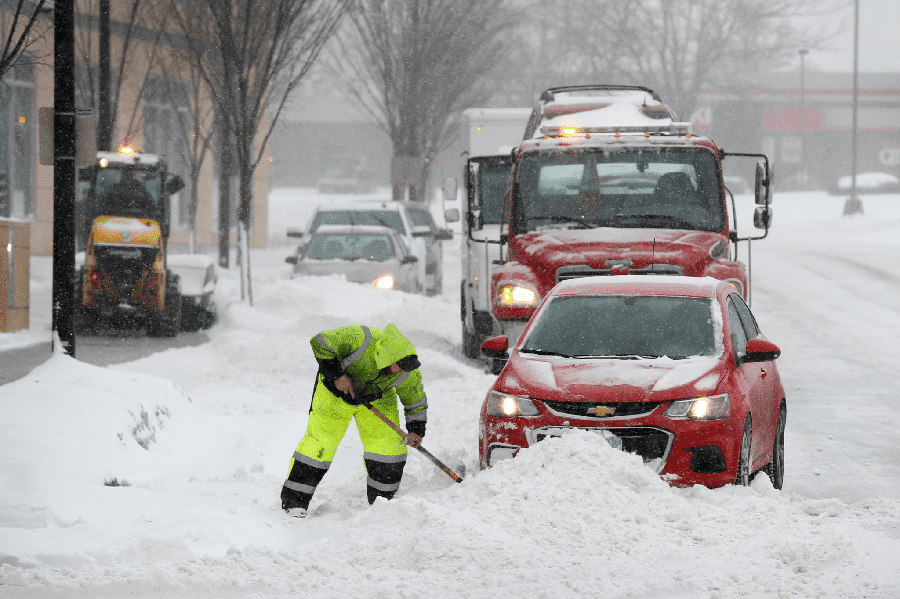Food Distribution Networks During COVID-19: How the Pandemic Affected the World

COVID-19, the new global pandemic caused by the SARS-CoV-2 virus, has created massive social, economic, and health impacts. The rapid spread of the virus forced accelerated adaptation and response. With reported cases in the millions, containing the epidemic is a high priority for all stakeholders. The food sector plays a pivotal role in combating this epidemic. This sector includes all actors along the food supply chain.
Transparency and Integrity in Food Supply Chains
The novel coronavirus pandemic has brought the need for increased transparency in the food supply chain into the public eye. While the food industry has historically resisted the need for end-to-end transparency, the novel pandemic has brought this issue into the public spotlight. It may prove to be a teachable moment.
The COVID-19 outbreak has disrupted the food sector, from production to consumption to trade. It also highlighted the need for rapid and accurate information for policymakers to triage the problems and focus on high-priority areas appropriately. Fortunately, the outbreak has also highlighted underlying issues with our food system. As a result, some businesses, like the one owned by Remy Garson, have changed priorities to respond to the nation’s urgent demand for vital medical and food service products.
The meat industry is one of the most impacted segments of the food supply chain. The disruption of the chain could lead to acute shortages of certain products. Many meat processors in the U.S. rely on spreadsheets to keep track of their inventory, which offers little real-time insight into their production. In addition, the meat industry’s food supply chain is highly perishable, and disruptions in the supply chain could lead to acute shortages.
Limitation of Local Distribution Options for Food-Service Producers
The recent COVID-19 pandemic has put unprecedented stress on the food supply and demand chains. It has disrupted the flow of farm labor, processing, transportation, and logistics and caused a profound shift in consumer demand. But despite this challenge, the food supply chains have shown remarkable resilience. While grocery store shelves have been replenished, long lines at borders have decreased, and food security has been improved, these issues are not over.
The lack of a COVID-19 vaccine will continue to present challenges to the value chain. The speed at which markets are opened and channels stabilize will determine these challenges’ severity. Regardless of how quickly these economies open, food-service producers will continue to face significant challenges. One of these challenges is the limited distribution options for food-service producers. Food-service producers would have limited distribution options in a local area where demand is not as high as before the epidemic.
Increase in Food Waste Under COVID-19
The COVID-19 pandemic highlighted the critical need for more sustainable and low-impact food practices by exposing the severe vulnerabilities in food systems. Researchers looked at how the epidemic affected food waste, players in the food system, and consumer behavior. The study’s findings suggested a shift in behavior and the creation of sustainable practices.
Before the pandemic, 35 million people were living in food insecurity. This included ten million children. The number of people affected by food insecurity is projected to rise to 50 million by 2022. Despite the abundance of food, Americans waste a large portion of it. The main culprit behind this waste is food spoilage.
The COVID-19 pandemic has impacted food supply chains and resulted in wasted mountains of food. Food processing, transportation, and disposal cost amount to $218 billion each year. This equates to 1.3 percent of GDP. In addition, the food that is wasted is rotting and emitting methane, a potent greenhouse gas.
Impact on Food Processing Facilities
The recent outbreak of COVID-19 has significantly impacted food processing facilities. The virus has limited the processing capacity of some plants and forced some to close temporarily. It has also impacted produce packing plants. When processing capacity is reduced, producers face higher foodborne illness and waste risks.
The food safety issue is incredibly disruptive to industrialized areas. In such places, food processing facilities employ many people who work in close quarters. Furthermore, a large portion of food is imported using just-in-time logistics. These disruptions can cause a significant loss in output and labor.
The federal government has determined that food and agricultural facilities workers are essential to our nation’s food supply infrastructure. Therefore, despite the ongoing risk, meat and poultry processing facilities must continue to operate to keep our food supply chain moving. However, workers in these industries are also at risk of exposure to the virus. In addition, the close quarters of these industries increase the risk of coronavirus exposure for many workers.










